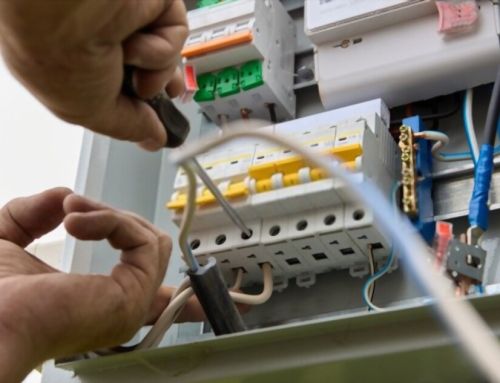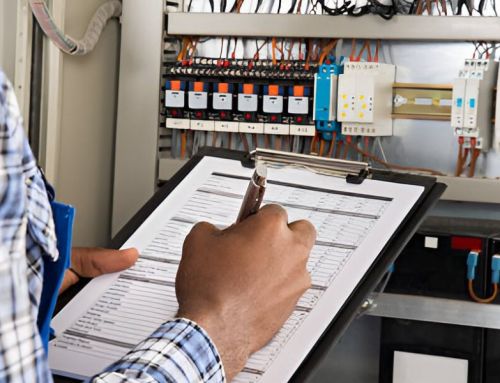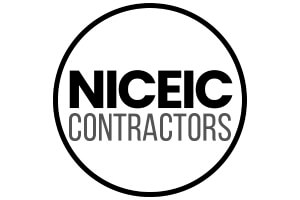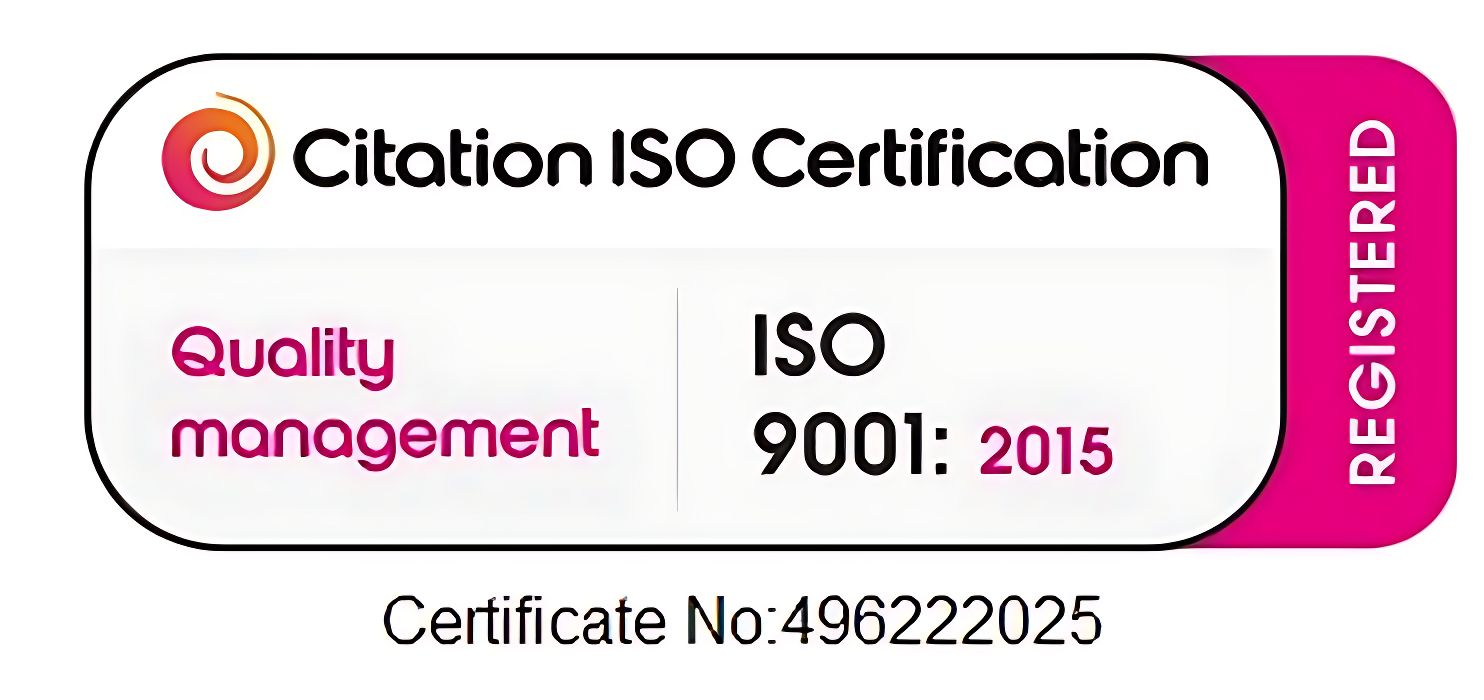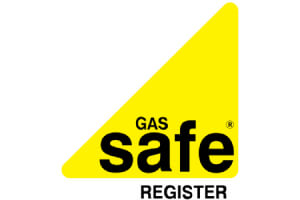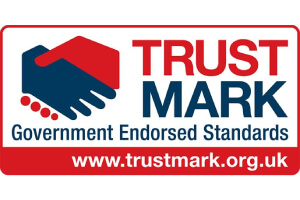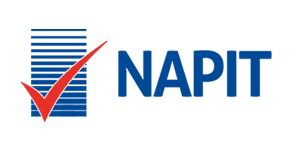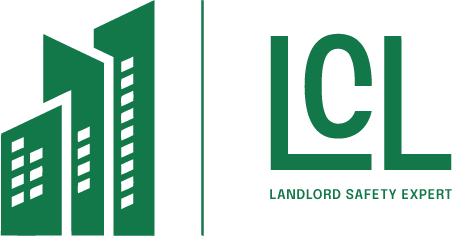
You might think you know your home’s electrical system inside out, but when was the last time you had it thoroughly checked? EICR testing, or Electrical Installation Condition Report testing, is essential to ensuring that everything behind your walls is running safely and up to code. Performed by certified professionals, this process scrutinizes your electrical installations to uncover any potential hazards or defects. But why should you consider it now? The implications of neglecting this can range from minor inconveniences to major safety risks. Let’s explore how EICR testing can offer peace of mind or possibly reveal something more concerning.
Key Takeaways
- EICR stands for Electrical Installation Condition Report, a critical assessment for electrical safety.
- It is performed by qualified electricians to identify any defects or deterioration in electrical installations.
- The report categorizes electrical faults into C1 (immediate danger), C2 (potential danger), and C3 (improvement recommended).
- Testing involves both visual inspections and instrument tests, such as insulation resistance and earth fault loop impedance.
- Regular EICR testing ensures compliance with safety regulations and helps maintain electrical system integrity.
Understanding EICR
Understanding EICR, or Electrical Installation Condition Report, is crucial for ensuring the safety and compliance of electrical installations in any property. An EICR assesses the condition of your property’s electrical systems, pinpointing any deterioration or defects that could pose safety risks. This report not only identifies faults but also categorizes them with clarity, providing you with a clear path for necessary remedial actions.

The purpose of an EICR is multifaceted: it ensures that electrical installations meet current regulatory standards, and it establishes a maintenance benchmark for future inspections. It’s essential for detecting issues that could compromise safety, such as potential fire hazards or electric shock risks.
The report will indicate whether your systems are safe for continued use and list any faults found during the inspection, complete with explanations for each type of failure.
Faults in the EICR are classified for severity—C1 indicating dangers that require immediate attention, C2 for potentially dangerous issues needing urgent action, and C3 where improvements are recommended. Understanding these classifications helps you prioritize repairs and maintain electrical safety standards, ensuring your property remains safe and compliant.
The Testing Process
Diving into the testing process, you’ll find that EICR involves a comprehensive evaluation of your electrical installations by a qualified electrician. The procedure starts with an initial visual inspection to identify any obvious defects without manipulating the electrical systems. This step is crucial for setting the scope of more detailed testing.

Subsequently, your electrician conducts dead testing, which includes insulation resistance measurements and continuity testing of protective conductors, including main and supplementary bonding. These tests ensure that there’s no potential shock risk or fire hazard from insulation failures or poor connections.
Next, live testing is performed. This includes earth fault loop impedance testing to verify the effectiveness of the earth system, and RCD (residual current device) testing to confirm that these safety devices operate correctly under fault conditions. The electrician also checks for correct polarity, ensuring that connections are made correctly in the electrical system.
Each finding from these tests is categorized into fault codes—C1, C2, C3, and FI (Further Investigation required)—based on severity. The outcome determines whether your electrical systems are deemed safe or if urgent remedial actions are required.
This meticulous approach ensures that all potential hazards are systematically identified and addressed.
Landlord and Tenant Benefits
Having explored the meticulous EICR testing process, it’s clear why these assessments are so vital for property safety and compliance.
You, as a landlord or tenant, stand to gain significantly from regular EICR assessments. For you, the landlord, compliance with EICR regulations isn’t just about adhering to legal requirements—it’s about safeguarding your investment. A property with up-to-date EICR certification attracts quality tenants who are willing to pay for a safe living environment.
Moreover, identifying potential electrical issues early through EICR can save you substantial costs in emergency repairs and prevent property damage.
For tenants, the benefits are directly linked to their safety and peace of mind. Living in a property that undergoes regular EICR testing means you’re less likely to encounter unexpected electrical hazards. It also empowers you to demand higher living standards and ensures that your home complies with safety norms.
Both parties benefit from a transparent relationship where safety and compliance are prioritized. This mutual understanding can significantly reduce disputes related to property condition, ultimately resulting in a more stable and satisfactory rental experience.
Potential Consequences
If you neglect EICR recommendations, you’re not only risking substantial fines from local authorities but also the safety of tenants. Ignoring critical faults, especially those labeled C1 or C2, can lead to severe repercussions. A C1 classification indicates an immediate danger to property occupants, requiring urgent rectification.
Failure to address these issues promptly may result in electrical fires or electrocution incidents, thereby exposing you to potential legal liabilities and significant financial losses.
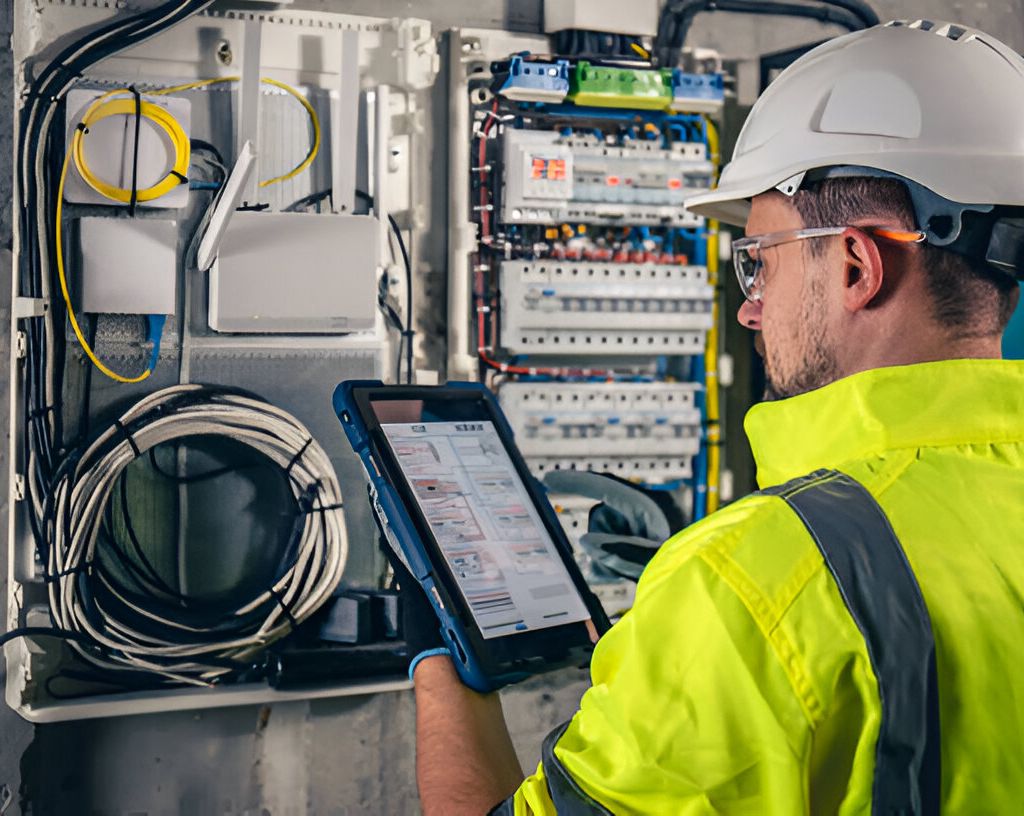
Moreover, overlooking C2 issues, which denote potential dangers, compromises the integrity of your property’s electrical systems. This negligence could significantly escalate repair costs over time, as minor problems can develop into major faults.
Additionally, your insurance coverage might be invalidated if an incident arises from known, unrectified electrical hazards, leaving you financially vulnerable to claims for damages or injuries.
C3 recommendations, while not immediately hazardous, suggest improvements that enhance safety standards. Disregarding these advisories can degrade the overall electrical system efficiency and reliability, potentially leading to increased operational costs and reduced property value.
Thus, adhering to EICR outcomes not only ensures compliance but also fortifies your investment against future risks.
Key Insights and Questions
Understanding the nuances of EICR testing is crucial for ensuring both safety and compliance. As you delve deeper into the complexities of electrical safety assessments, it’s essential to arm yourself with specific, actionable knowledge.
Here are four key insights and questions that can guide your understanding and implementation of EICR testing:
- Severity of Fault Codes:
- What specific conditions trigger a C1, C2, or C3 classification?
- Understanding these conditions helps prioritize remedial actions effectively.
- Impact of Non-Compliance:
- How do penalties vary by region, and what are the immediate legal implications for non-compliance?
- This knowledge ensures you’re not only compliant but also protected from potential legal repercussions.
- Frequency of Inspections:
- What factors determine the recommended frequency of EICR tests for different types of properties?
- Tailoring the frequency to property type and usage can optimize safety and compliance without unnecessary expenditures.
- Post-EICR Actions:
- What are the best practices for addressing faults found during EICR tests?
- Implementing a systematic approach to rectifications enhances safety and system reliability.
This focused approach ensures you’re not just going through the motions but actively improving electrical safety and compliance standards.
Frequently Asked Questions
Can Homeowners Request EICR Tests Independently for Peace of Mind?
Yes, you can request EICR tests independently to ensure your home’s electrical systems are safe and up to code, helping you avoid potential hazards and comply with legal safety standards.
How Does Weather Affect the Scheduling and Outcome of EICR Tests?
Wet or extreme conditions can delay testing. However, outcomes aren’t generally affected unless environmental exposure has degraded your electrical installations, necessitating further inspection.
Are There Any Exemptions for Newly Constructed Properties Regarding EICR?
You’re exempt from initial EICR testing if your property is newly built or has undergone a complete rewire, as evidenced by a valid Electrical Installation Certificate from a qualified electrician.
What Happens if a Property Fails Its Initial EICR Test?
If your property fails its initial EICR test, urgent remedial work is necessary. You’ll need to address any C1 or C2 faults identified to ensure safety and compliance before retesting can confirm adequacy.
Can EICR Findings Affect Property Resale Values?
Yes, EICR findings can impact your property’s resale value. Negative results, indicating necessary repairs, might lower value perceptions, while a clean report can enhance buyer confidence and potentially increase market value.
About the Author: LandlordCertificate
Related Posts
Get Social
Recent Posts
- Fire Risk Assessment Review as a Driver of Stronger Safety Control
- Comprehensive EICR London Services for Every Property
- System Planning for Large Buildings with Fire Alarm Installation
- Fire Service Fire Risk Assessment for Stronger Safety Management
- Electrical Risk Clarity Improved Through an EICR Report


